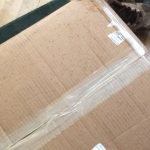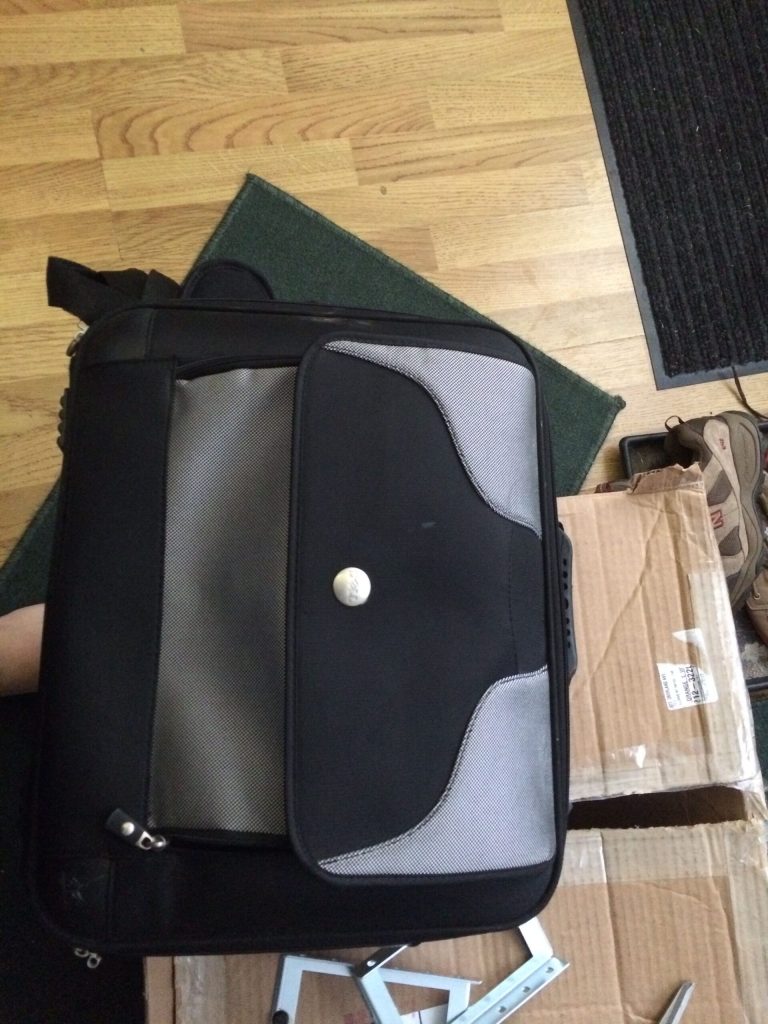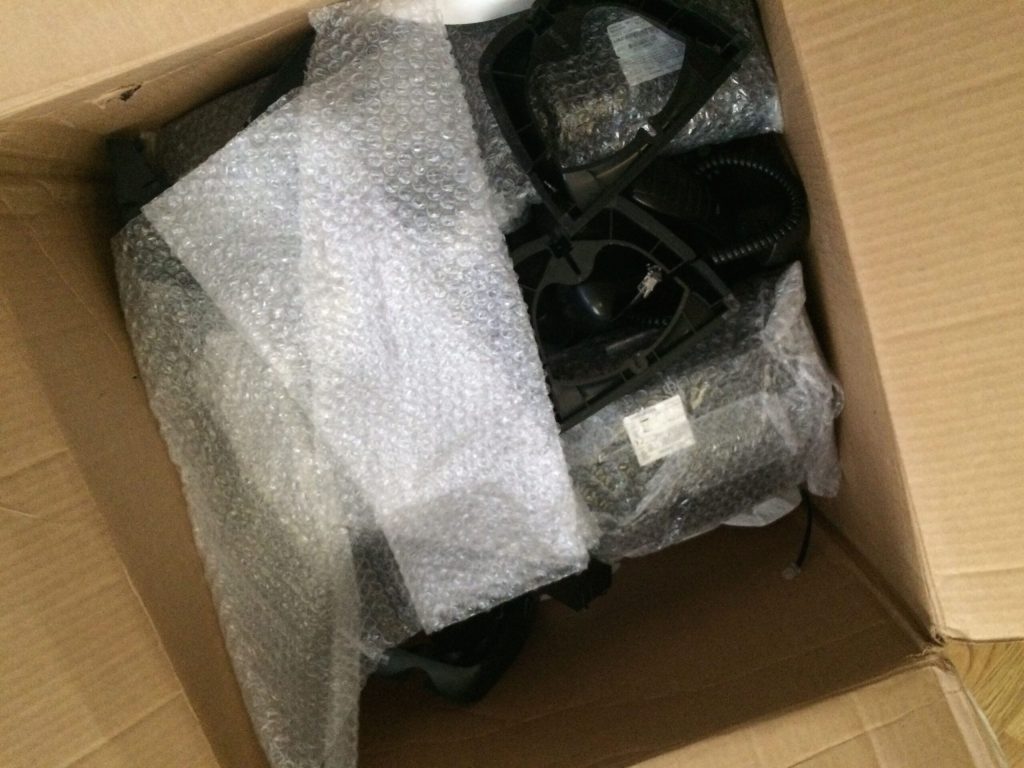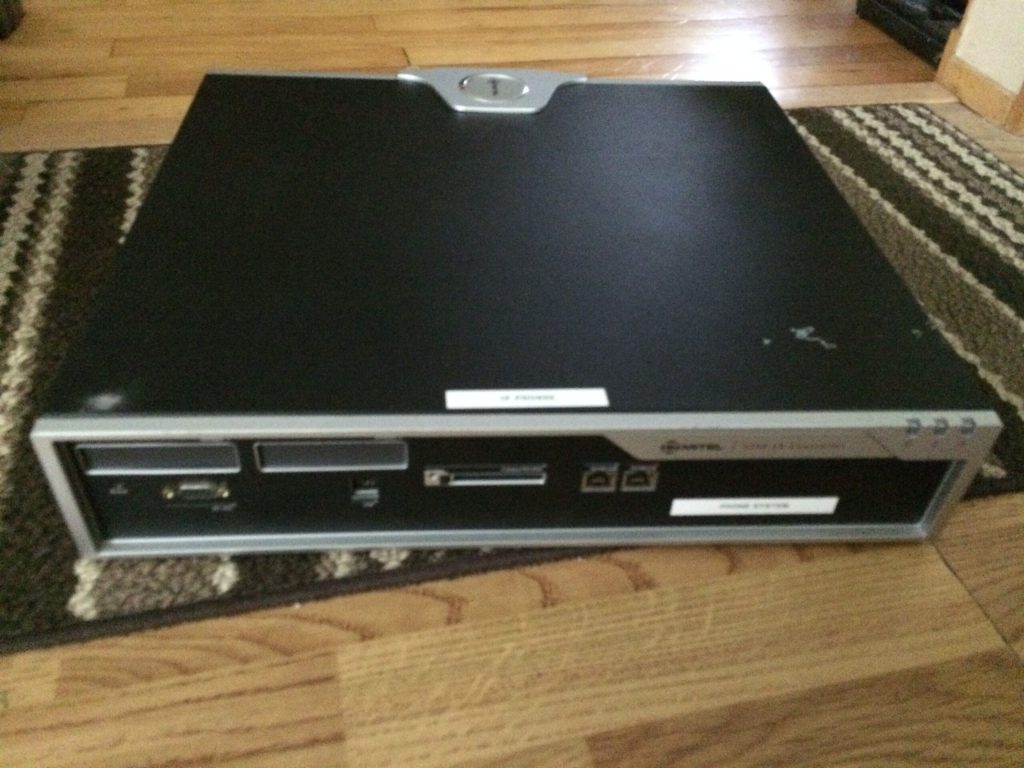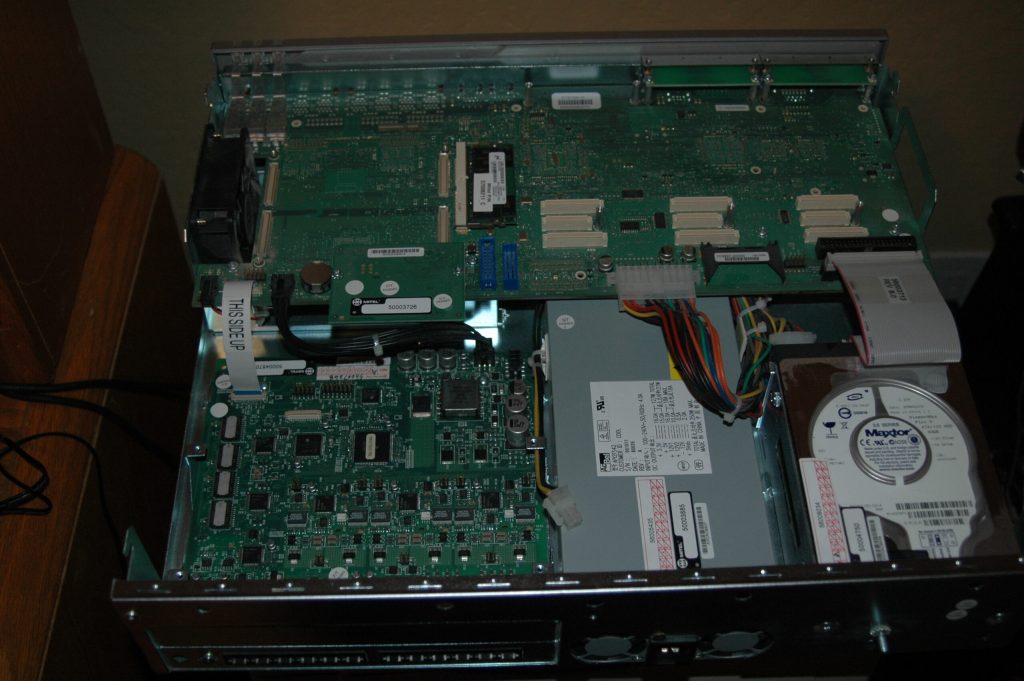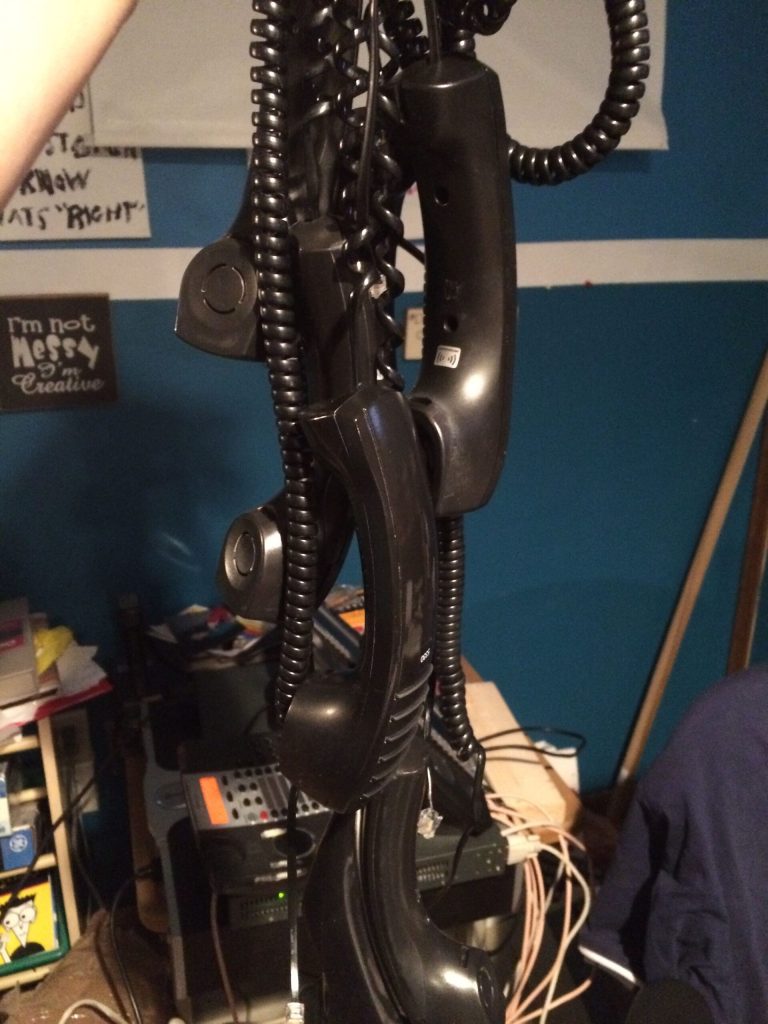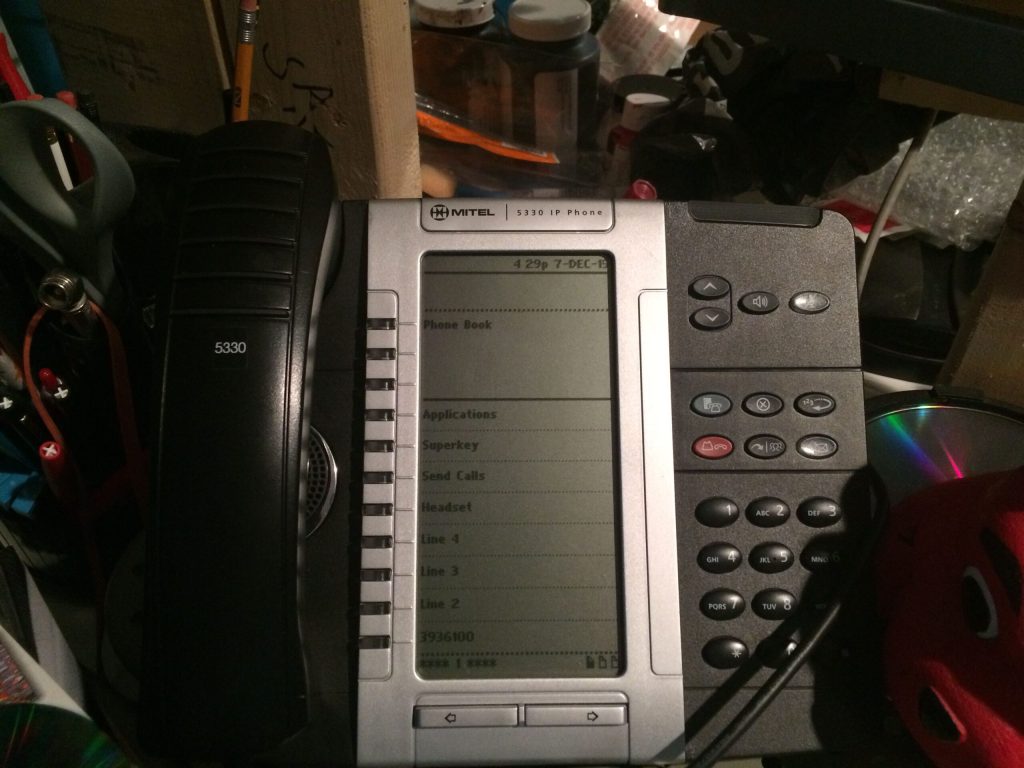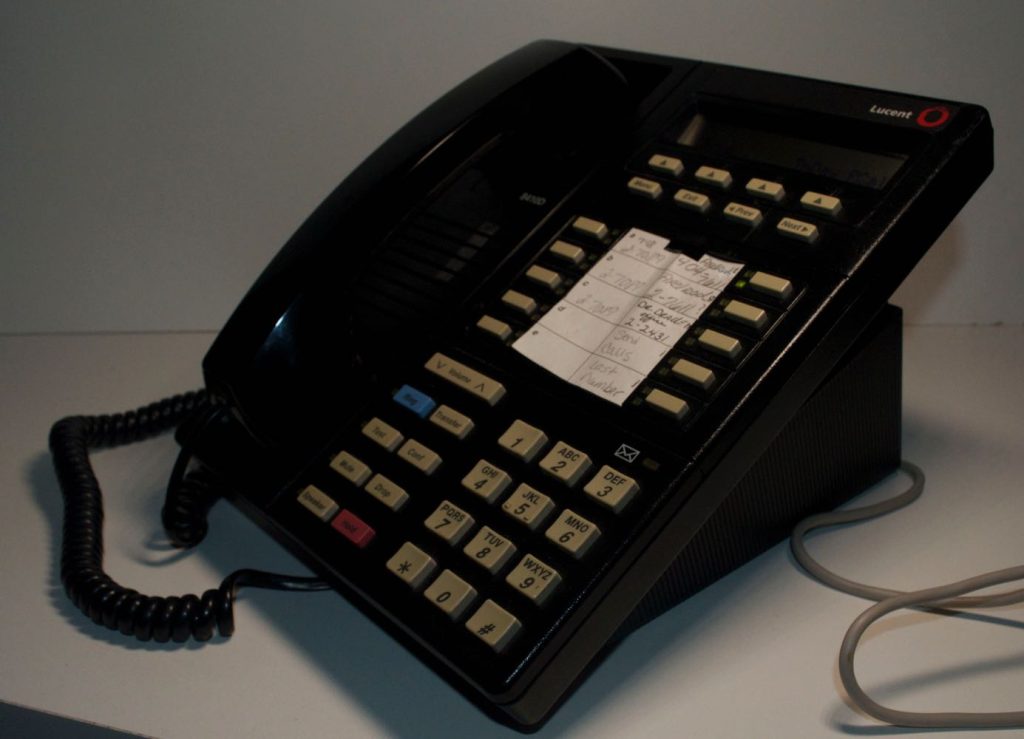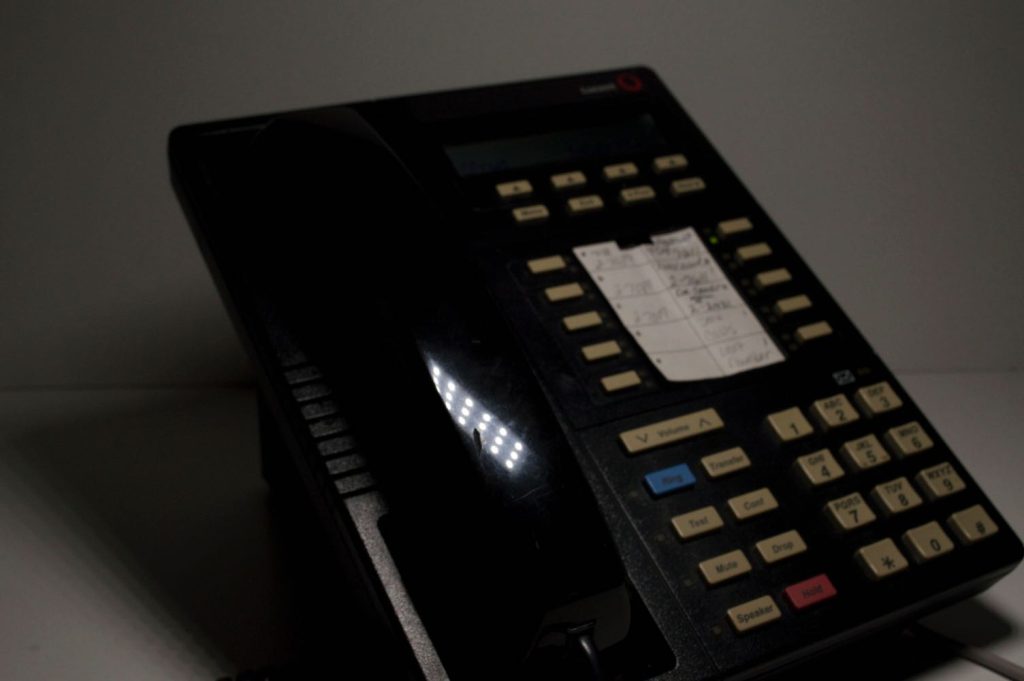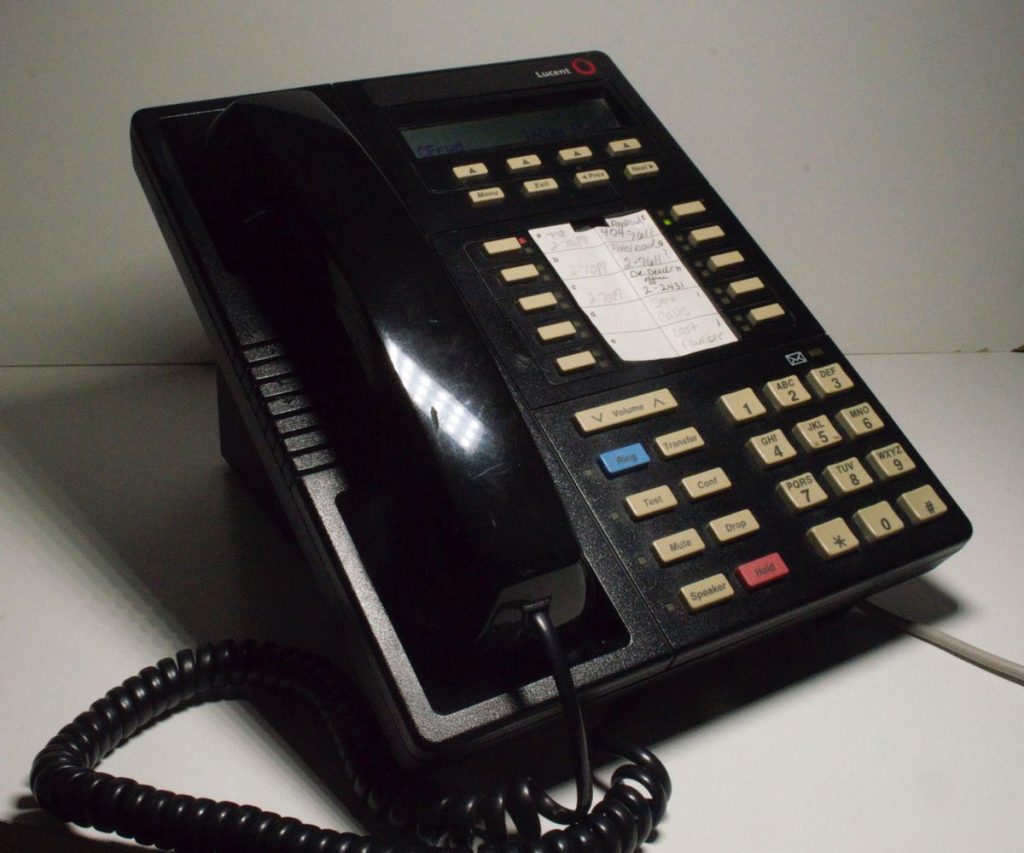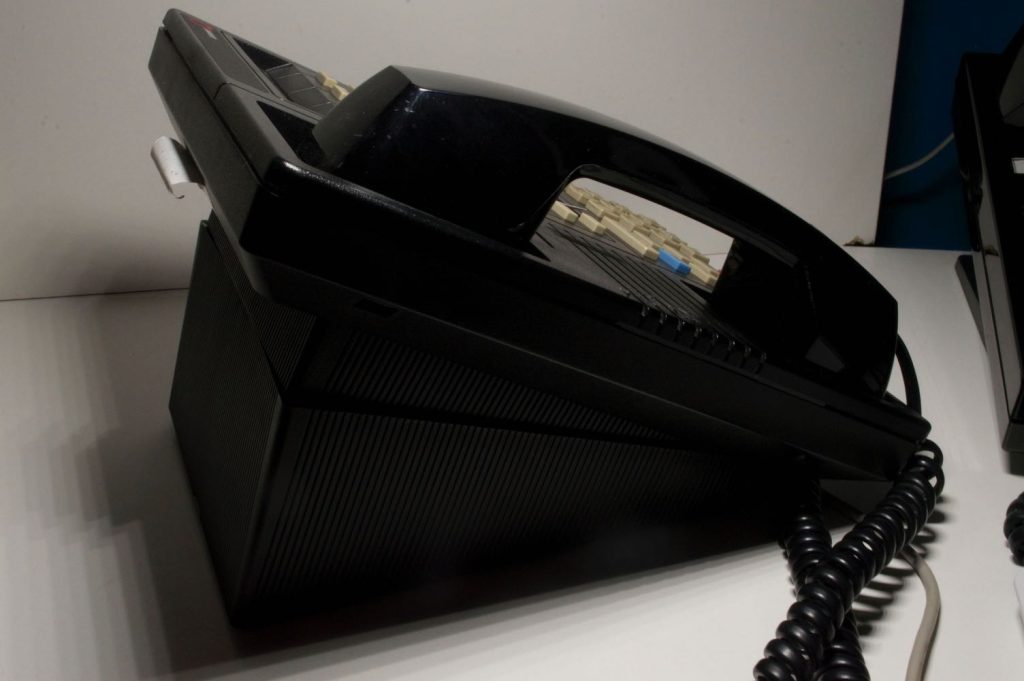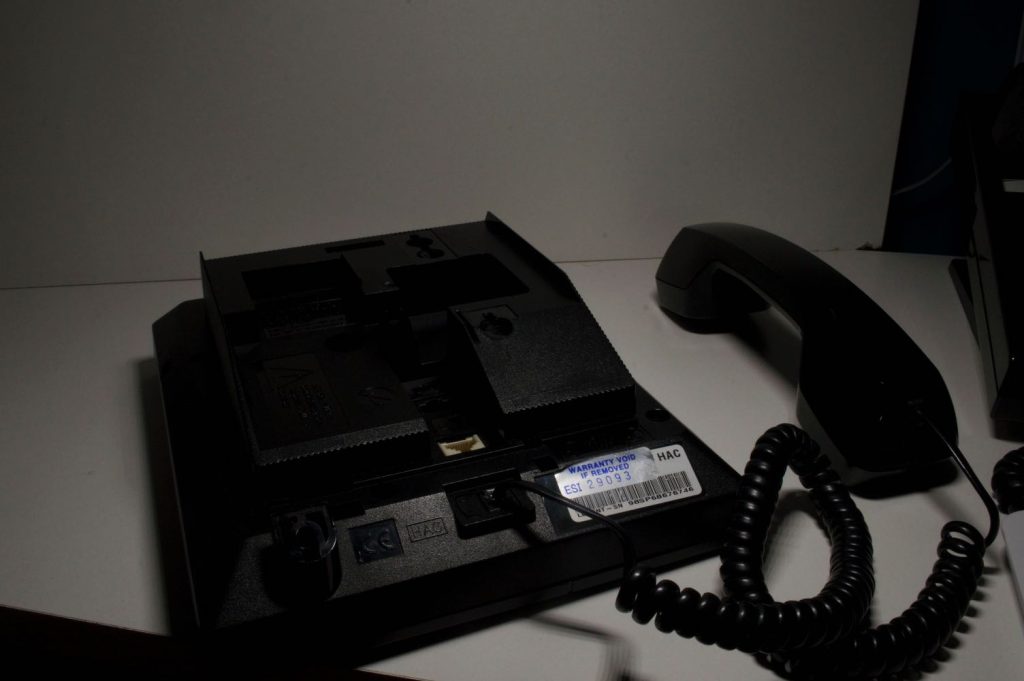From little of what I know about Ralph Lauren, it appears they are an Avaya Red shop in some capacity (Joe the UCX Guy featuring an enterprise class) and my local outlet using a Partner (or I should use it in air quotes.)
I have my own opinions of Mister Ralph. a) I can never afford his stuff (the local Macy’s is once in a blue moon) b) I find it more suitable for older people (that Denim and Supply line, I mean really?) if not for older people then more Country Club-types. And of course c) he legally changed his last name from a borderline expletive to allegedly a film crush with the now late Lauren Bacall? Also am I supposed to be pronouncing his name like the female given name or the long e at the end?
Well anyways, here is a Siemens set taken from the sales floor on Saturday. The interesting question would be is did they go to Siemens or were they legacy ROLM users?
On the other hand here are some sets I didn’t (or wasn’t able to) capture but noticed
The Times Square Aeropostale uses an Avaya Blue Norstar system. For many years the non flagship Aeropostale stores used some analog Centrex, MPLS, or maybe VOIP terminated to analog phone service, up until the last couple months they had fallen into the Cisco bandwagon. Aeropostale is doing very lousy and is in danger of ether going out of business or being sold. Friday’s close was around a couple US dimes. What turned me away from there was all the shirts having these stupid embroidered fabric that is better for little kids. It’s hard to wash, then you have “loose” fabric, etc.
A Ruby Tuesday on the outskirts of Times Square had a Norstar system. (Nice service while I had lunch with the mother.)
The Apple Store on 5th Avenue (lousy service just like if you’re in the burbs. Another topic for another day) had clerks carrying around Cisco 7921 like wireless sets. This isn’t a surprise. Cisco has crept its way through Apple over the years, and now it’s gone to their VOIP or telephones. Most Apple Stores are still an Avaya IP Office shop with most of the wired sets tucked into drawers on the sales floors.
A Best Buy where I got better service, downtown a few blocks had Cisco.
The operations for the Fox News Channel still uses Avaya 8400 and 6400 sets. From what I know at the 1211 6th Ave facility, that the few first floors of the building are for FNC, Floors 7 to 8 (or 9?) is for The Wall Street Journal and Barron’s.
Once located at the World Financial Center (using a Meridian 1 system), they went to VOIP when the built the new facilities within 1211. An interesting note, on a blog I once found a picture of Roger Ailes, the head of FNC having both an 8434 and a Cisco set. Without getting into a political discussion, it would not be a surprise he has a direct line to a paper that could favor his views. (WSJ is a joke today and I am a big fan of markets and corporate news.)
I did not set foot inside 30 Rock, but I’ve seen on MSNBC on cable with more and more Cisco 8900 sets. It’s apparent that NBC wants to do away with Avaya at least at their New York operations more and more. They relocated their Southland facilities from Avaya in Burbank to Cisco in Universal City 2 years ago, their other hubs in Texas has been wired to Cisco and I can go on and on seeing yet another customer of Avaya Red disappear.
Many financial institutions are using Cisco (walked by Capital One Bank, TD Bank, JPMorgan, etc.)





